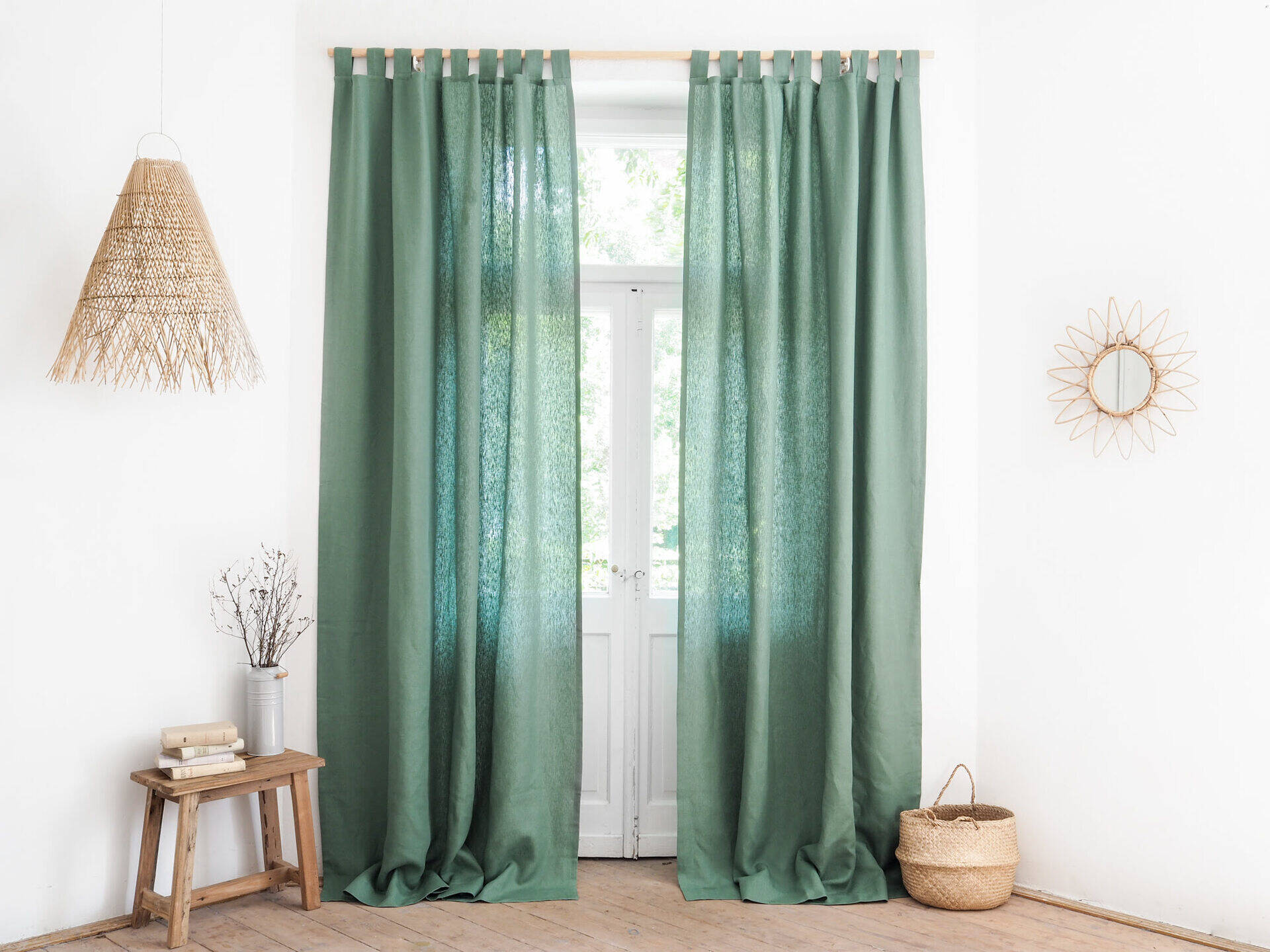

Articles
How Much Do Curtains Weigh
Modified: October 20, 2024
Discover how much curtains actually weigh with this informative article on articles. Find out the weight of different curtain materials and learn how it can affect your curtain choices.
(Many of the links in this article redirect to a specific reviewed product. Your purchase of these products through affiliate links helps to generate commission for Storables.com, at no extra cost. Learn more)
Introduction
Welcome to our complete guide on the weight of curtains. Have you ever wondered why some curtains feel light and airy, while others are heavier and more substantial? The weight of curtains can play a crucial role in both their functionality and overall aesthetic appeal. In this article, we will explore the factors that contribute to curtain weight, why it matters, and how different types of curtains vary in weight.
When it comes to choosing curtains, weight is an important consideration. The weight of curtains can affect how they hang, drape, and block out light. Depending on your needs and preferences, you may opt for lightweight curtains that offer a breezy and sheer look, or you may prefer heavier curtains that provide more privacy and insulation.
Several factors affect the overall weight of curtains, including fabric weight, curtain size, lining, and curtain hardware. By understanding these factors, you can make an informed decision when selecting curtains that meet your specific requirements.
In the following sections, we will delve into each of these factors in more detail. We will explore how fabric weight influences the overall weight of curtains, how curtain size can impact their weight, the role of lining in adding heft to curtains, and how different types of curtain hardware can contribute to the overall weight.
Additionally, we will provide you with insights into the average weights of various types of curtains. Whether you are looking for lightweight curtains for a sun-drenched room, medium-weight curtains for a bedroom, or heavy-duty curtains for a home theater, we will guide you through the different options available.
So, if you have been wondering about the weight of curtains and how it can affect your home decor, functionality, and style, let’s dive in and explore everything you need to know!
Key Takeaways:
- Consider fabric weight, curtain size, lining, and hardware when choosing curtains to ensure they align with your functional and aesthetic needs, creating a well-informed and visually appealing space.
- Lightweight, medium-weight, and heavyweight curtains offer varying levels of privacy, light control, and insulation, allowing you to create a cozy and intimate atmosphere tailored to your unique preferences.
Read more: How Much Do Quartz Countertops Weigh
Factors Affecting Curtain Weight
When it comes to the weight of curtains, several factors come into play. Understanding these factors will help you choose curtains that align with your preferences and needs. Let’s take a closer look at the key factors that can affect the weight of curtains:
- Fabric Weight: The type and weight of fabric used in curtains have a significant impact on their overall weight. Fabrics can range from lightweight and sheer materials like chiffon or voile to heavier and denser fabrics like velvet or brocade. Thicker fabrics generally tend to weigh more, while lighter and more delicate fabrics have a lighter overall weight.
- Curtain Size: The size of the curtains plays a crucial role in determining their weight. Larger curtains will naturally be heavier than smaller ones due to the additional fabric required to cover a larger area. So, if you have floor-to-ceiling windows or oversized window openings, be prepared for heavier curtains.
- Lining: Many curtains come with a lining layer attached to the backside. The lining serves multiple purposes, including enhancing privacy, providing insulation, and adding weight to the curtains. Lined curtains are generally heavier than unlined ones, as the lining fabric contributes to the overall weight.
- Curtain Hardware: The curtain hardware, such as rods, brackets, and rings, also adds to the weight of the curtains. While the hardware itself may not contribute significantly, it does have some weight that should be considered, especially for lightweight curtains.
By taking these factors into account, you can make a more informed decision about the weight of the curtains you select. The weight of the curtains should align with the desired look, functionality, and overall ambiance of the room.
Next, let’s explore different types of curtains and their average weights, so you can get a better idea of the weight ranges for various options available on the market.
Fabric Weight
When it comes to the weight of curtains, the type and weight of fabric used are significant factors to consider. Different fabrics have varying densities and textures, which directly affect the overall weight of the curtains.
Lightweight fabrics, such as chiffon, voile, and organza, offer a sheer and delicate appearance. These fabrics are known for their airy feel and the way they gracefully let in light. Because of their thin and lightweight nature, curtains made from these fabrics are less likely to weigh down the curtain rod or track.
On the other end of the spectrum, you have heavyweight fabrics like velvet, brocade, and thick jacquards. These fabrics are denser and have a heavier weight. Heavyweight curtains convey a more luxurious and opulent aesthetic. They offer better insulation, light-blocking properties, and enhanced privacy due to their thickness. However, it’s important to ensure that your curtain hardware can support the weight of these curtains to prevent sagging or damage.
Medium-weight fabrics, like cotton, linen, and polyester blends, offer a balance between lightness and density. These fabrics are versatile and widely used for curtains in various settings. They provide a good combination of privacy, light control, and durability. Choosing curtains made from medium-weight fabrics is often a safe and versatile option that works well in most rooms.
When selecting curtains, it’s crucial to consider the nature of the room and how the fabric weight will contribute to the desired ambiance. For instance, in a sun-drenched living room, lightweight curtains may create a breezy and ethereal atmosphere. In a bedroom, heavier curtains may be preferred for their ability to block out light and provide a sense of coziness.
Keep in mind that the weight of the fabric will also influence the way the curtains drape and hang. Lighter fabrics tend to have a flowing and delicate drape, while heavier fabrics have a more structured and substantial appearance.
Ultimately, the choice of fabric weight depends on your preferences, the desired aesthetic, and the functional requirements of the curtains. By considering the fabric weight alongside other factors like curtain size, lining, and hardware, you can select curtains that meet your specific needs and create the desired look in your space.
Curtain Size
Another important factor that affects the weight of curtains is their size. The size of the curtains is determined by the width and length required to cover the window or desired area. Larger curtains naturally require more fabric, resulting in a higher weight compared to smaller curtains.
When considering the size of curtains, it’s important to take into account the dimensions of the window or the area you want to cover. If you have standard-sized windows, ready-made curtains are often available in various sizes to fit common window dimensions. However, if you have non-standard or custom-sized windows, you may need to have curtains tailored to perfectly fit your specific measurements.
Larger curtains not only require more fabric but also need stronger curtain rods or tracks to support their weight. If the curtain hardware is not robust enough to bear the weight, it can lead to drooping or sagging curtains. Be sure to choose curtain rods or tracks that are specifically designed to handle the weight of the curtains.
It’s also worth considering the practicality of handling larger and heavier curtains, especially when it comes to cleaning and maintenance. Moving and washing large curtains might be more challenging and time-consuming compared to smaller ones. Keep this in mind when determining the ideal curtain size for your space.
In some cases, you may want to create a fuller and more luxurious look by opting for curtains that are wider than the actual window width. This allows for more fabric to create pleats and gathers, enhancing the overall visual appeal. However, keep in mind that increasing the width of the curtains will also increase their weight, so ensure that your curtain hardware can handle the extra load.
Overall, when choosing the size of your curtains, consider the dimensions of your windows, the desired look, and the practicality of handling and maintaining larger curtains. By finding the right balance, you can achieve a harmonious and well-proportioned appearance while ensuring that the curtains are properly supported and functional.
Lining
When it comes to curtains, the presence of a lining layer can significantly impact their weight. Curtain lining refers to an additional layer of fabric that is attached to the backside of the main curtain fabric. Lining serves multiple purposes, including enhancing privacy, providing insulation, and adding weight and body to the curtains.
Lined curtains are generally heavier than unlined curtains due to the extra layer of fabric. The lining material can vary, but commonly used options include cotton, polyester, and blackout or thermal lining. Each type of lining has its own set of benefits and considerations.
Privacy: Lining adds an extra layer of opacity to the curtains, enhancing privacy by preventing outsiders from seeing through the fabric. This can be particularly important for bedrooms, living rooms, or any areas where you want to limit visibility from the outside.
Insulation: Lining helps to insulate the room by providing an additional barrier between the window and the interior space. This extra layer helps to block drafts and keep the room warm in winter and cool in summer. Blackout or thermal lining is especially effective for insulating purposes.
Weight and Appearance: Lined curtains tend to have a heavier and more substantial feel compared to unlined curtains. The lining adds weight and body to the fabric, contributing to a fuller and more luxurious appearance. However, it’s important to note that the type and weight of the lining material used can also impact the overall weight of the curtains.
When selecting curtains with lining, consider the specific needs of your space. If privacy and insulation are important factors, lined curtains can provide added benefits. However, keep in mind that the extra weight of the lining may require stronger curtain rods or tracks to support the curtains properly.
If you prefer lighter curtains or have lightweight fabrics, you may opt for curtains without lining. Unlined curtains can still provide a decorative accent and allow light to filter through while maintaining a more lightweight and airy feel. However, it’s important to note that unlined curtains may offer less privacy and insulation compared to their lined counterparts.
Ultimately, the decision to use lined or unlined curtains depends on your specific requirements and preferences. Consider factors such as privacy, insulation, overall weight, and the desired aesthetic when choosing the lining option that suits your needs best.
Read more: How To Weigh Down A Shower Curtain
Curtain Hardware
While often overlooked, the type and quality of curtain hardware can have an impact on the overall weight of curtains. Curtain hardware refers to the various components used to hang and operate curtains, including curtain rods, brackets, rings, and hooks.
When choosing curtain hardware, it’s essential to consider its weight-bearing capacity. The weight of the curtains, when combined with the hardware, should not exceed the load limit of the curtain rods or tracks. Using inadequate or undersized curtain hardware can lead to sagging or damage to the curtains, compromising their functionality and appearance.
Curtain rods come in various materials such as metal, wood, and acrylic, each with different weight capacities. Metal rods, especially those made from sturdy materials like steel or wrought iron, are generally more robust and can handle heavier curtains. Wooden rods can also support a considerable weight, but it’s important to select a rod with a diameter and construction that can bear the load. Acrylic or plastic rods are better suited for lightweight curtains due to their lower weight-bearing capacity.
Along with the curtain rod, the curtain rings or hooks play a role in supporting the curtain’s weight. It’s essential to choose rings or hooks that are designed to handle the weight of the curtains. Reinforced or heavy-duty rings are available for heavier curtain fabrics, while lighter rings are suitable for lightweight curtains.
The number of brackets used to support the curtain rod also affects its weight-bearing capacity. The weight of the curtains should be evenly distributed along the length of the rod to prevent sagging or damage. Using additional brackets for longer curtain rods can help ensure proper support.
Additionally, consider the installation method of the curtain hardware. Some hardware requires drilling into the walls or window frames, while others use tension or adhesive to stay in place. The installation method should adequately support the weight of the curtains and provide a secure and stable attachment.
Before purchasing curtain hardware, carefully measure the length and width of your curtains to determine the weight you need to support. Consult the weight load specifications provided by the manufacturer to ensure that the chosen hardware is suitable for your curtains.
By selecting curtain hardware with the appropriate weight capacity and ensuring proper installation, you can confidently hang your curtains while maintaining their functionality and appearance.
When considering the weight of curtains, it’s important to factor in the fabric type, length, and density. Heavier fabrics like velvet will weigh more than lighter materials such as sheer or linen. Additionally, longer and fuller curtains will naturally be heavier than shorter or more streamlined styles.
Types of Curtains and Their Average Weights
When it comes to curtains, there are various types available, each with its own unique characteristics and average weight ranges. Understanding the average weights of different types of curtains can help you make an informed decision when selecting curtains for your space. Here are some common types of curtains and their approximate average weights:
- Sheer Curtains: Sheer curtains are made from lightweight and semi-transparent fabrics like chiffon, voile, or lace. These curtains are designed to allow light to filter through while providing a level of privacy. Sheer curtains are generally lightweight, with an average weight ranging from 1 to 2 pounds per panel, depending on the fabric and size.
- Cotton Curtains: Cotton curtains are popular for their natural and breathable properties. They come in various styles, such as plain cotton, cotton blends, or textured weaves. Cotton curtains have a medium-weight range, averaging between 2 to 4 pounds per panel, depending on the thickness and size.
- Line
Lightweight Curtains
Lightweight curtains are perfect for creating an airy and ethereal look in your space. These curtains are typically made from sheer fabrics that allow light to filter through while still providing a level of privacy. They are ideal for rooms that require a soft and delicate touch, such as living rooms, dining areas, or sunrooms. Here are a few examples of lightweight curtains:
- Sheer Curtains: Sheer curtains are the epitome of lightweight curtains. They are made from translucent fabrics like chiffon, voile, or lace that provide an elegant and breezy look. Sheer curtains add a touch of romance and sophistication to any room and are often used in conjunction with heavier curtains for layering effects.
- Organza Curtains: Organza curtains are another popular choice for lightweight and sheer window treatments. Organza is a sheer and crisp fabric that offers a subtle shimmer and delicate drape. These curtains add a touch of elegance and can create a whimsical and dreamy atmosphere in any space.
- Gauze Curtains: Gauze curtains are characterized by their lightweight and loosely woven fabric. They have a rustic and natural look that complements a variety of decor styles. Gauze curtains allow light to filter through while providing a level of privacy, making them a fantastic option for creating a relaxed and airy ambiance.
Lightweight curtains are not only visually appealing but also practical in warm climates or rooms with abundant natural light. They allow air circulation and maintain a sense of openness, making the space feel light and refreshed.
When it comes to the weight of lightweight curtains, they typically range from 1 to 2 pounds per panel, depending on the fabric and size. Due to their lightweight nature, these curtains easily hang on most curtain rods or tracks without the need for additional support.
Whether you want to create a romantic and dreamy atmosphere or enhance the natural light in a room, lightweight curtains offer a beautiful and delicate solution. They add a sense of softness and elegance to any space, making them a popular choice for those seeking a breezy and ethereal look.
Medium-weight Curtains
Medium-weight curtains strike a balance between the airiness of lightweight curtains and the substantial feel of heavyweight curtains. These curtains provide a versatile and practical option that works well in various rooms and decor styles. They offer a good combination of privacy, light control, and durability. Here are a few examples of medium-weight curtains:
- Cotton Curtains: Cotton curtains are a popular choice for medium-weight window treatments. Cotton is a versatile fabric that comes in various styles, such as plain cotton, cotton blends, or textured weaves. They offer a balance between softness and durability while providing a moderate level of privacy and light control. Cotton curtains are suitable for a range of spaces and can be easily tailored to fit different decor styles.
- Linen Curtains: Linen curtains have gained popularity for their natural and timeless appeal. Linen is a lightweight yet sturdy fabric that adds texture and depth to any room. Linen curtains provide moderate privacy and light control while allowing a gentle diffused light to fill the space. They lend a casual and relaxed elegance to both traditional and contemporary interiors.
- Polyester Curtains: Polyester curtains offer a practical and budget-friendly option for medium-weight window treatments. Polyester is a durable and easy-to-maintain fabric that resists wrinkles and fading. These curtains come in a wide range of colors, patterns, and textures, making them versatile and suitable for various decor styles.
Medium-weight curtains are a popular choice for bedrooms, living rooms, and dining areas where a balance of natural light and privacy is desired. They provide a cozy and inviting atmosphere while still allowing ample light to filter through during the day.
The average weight of medium-weight curtains typically ranges from 2 to 4 pounds per panel, depending on the fabric and size. While they have more substance than lightweight curtains, they can still be comfortably hung on most curtain rods or tracks without the need for additional support.
With medium-weight curtains, you can achieve a harmonious and well-proportioned look in your space. Their versatility and functionality make them a popular choice for those looking for curtains that strike the right balance between lightness and substance.
Read more: How Much Does A Ladder Weigh
Heavyweight Curtains
Heavyweight curtains are designed to provide maximum privacy, light control, and insulation. These curtains are made from dense and substantial fabrics that add a sense of luxury and opulence to a room. Heavyweight curtains are ideal for spaces where you want to create a cozy and intimate ambiance. Here are a few examples of heavyweight curtains:
- Velvet Curtains: Velvet curtains are known for their rich and luxurious appearance. They are made from a thick and plush fabric that offers excellent light-blocking properties, making them perfect for bedrooms or home theaters. Velvet curtains add a touch of elegance and sophistication to any space while providing insulation and privacy.
- Brocade Curtains: Brocade curtains feature intricate patterns woven into the fabric, often with metallic threads. The brocade fabric is heavy and has a substantial feel, making it well-suited for formal spaces like dining rooms or elegant sitting areas. These curtains create a dramatic and ornate look while offering exceptional light-blocking capabilities.
- Thermal Curtains: Thermal curtains are specially designed to provide insulation and energy efficiency. They are made with multiple layers, including a thermal backing. The thermal layer helps to regulate the room’s temperature, keeping it cool in the summer and warm in the winter. These curtains are generally heavyweight and offer excellent light-blocking and noise-dampening properties.
Heavyweight curtains not only provide enhanced privacy and light control but also help to block out external noise and maintain a comfortable indoor temperature. They are perfect for creating a cozy and intimate atmosphere in areas where peace and tranquility are desired.
The average weight of heavyweight curtains can range from 4 to 8 pounds per panel, depending on the fabric and size. Due to their denser nature, heavyweight curtains may require sturdy curtain rods or tracks to support their weight properly.
When choosing heavyweight curtains, consider the size of the space, the desired level of light control and insulation, and the overall style you want to achieve. Heavyweight curtains can make a significant statement in a room, creating a sense of drama and elegance.
Whether you want to transform a bedroom into a peaceful sanctuary or create a luxurious lounge area, heavyweight curtains provide the perfect solution. They offer both functionality and aesthetics, making them an excellent choice for those looking to create a cozy and private retreat.
Conclusion
Choosing the right curtains for your space goes beyond just considering their visual appeal. Understanding the factors that affect curtain weight is essential in selecting curtains that meet your functional and aesthetic needs. By considering fabric weight, curtain size, lining, and curtain hardware, you can make an informed decision that enhances both the style and functionality of your space.
Fabric weight plays a crucial role in the overall weight and appearance of curtains. Lightweight fabrics like chiffon and voile offer a sheer and delicate look, while heavyweight fabrics like velvet and brocade add a luxurious and substantial feel. Medium-weight fabrics, such as cotton and linen, strike a balance between lightness and density.
The size of the curtains significantly affects their weight. Larger curtains naturally require more fabric, increasing their weight, while smaller curtains are generally lighter. Ensure that your curtain hardware can support the weight of your curtains to prevent sagging or damage.
Lining adds weight, privacy, and insulation to curtains. Lined curtains are generally heavier than unlined ones and provide enhanced light control and privacy. Consider the specific needs of your space when deciding whether to opt for lined or unlined curtains.
Curtain hardware should be selected based on its weight-bearing capacity. Robust curtain rods, brackets, and rings ensure that your curtains are properly supported and prevents drooping or damage.
Lastly, the weight of curtains varies depending on their type. Lightweight curtains, such as sheer curtains, average between 1 to 2 pounds per panel. Medium-weight curtains, like cotton and linen curtains, range from 2 to 4 pounds per panel. Heavyweight curtains, such as velvet curtains, can weigh between 4 to 8 pounds per panel.
In conclusion, understanding the weight of curtains and the factors that contribute to it will help you make a well-informed decision when choosing window treatments. Consider the specific needs of your space, including the desired ambiance, privacy, light control, and insulation. By selecting curtains that align with these factors, you can create a functional and visually appealing space that meets your unique preferences.
Frequently Asked Questions about How Much Do Curtains Weigh
Are curtains heavy?Curtains can vary in weight depending on the fabric and size. Lightweight materials like sheer or lace curtains will weigh less, while heavier fabrics like velvet or brocade will be more substantial.How do I know the weight of my curtains?You can determine the weight of your curtains by using a simple bathroom scale. First, weigh yourself, then weigh yourself while holding the curtains. The difference will give you an approximate weight of the curtains.Do heavier curtains require special hardware for hanging?Yes, heavier curtains may require sturdier rods and brackets to support their weight. It’s important to choose hardware that can handle the load to prevent any accidents or damage to your walls.Can the weight of curtains affect their functionality?Yes, the weight of curtains can impact how they hang and drape. Heavier curtains may require more robust hooks or rings to move smoothly along the rod, while lighter curtains may flutter more easily in a breeze.Are there any benefits to heavier curtains?Heavier curtains can provide better insulation and light-blocking properties, making them ideal for bedrooms or rooms that receive a lot of sunlight. Additionally, they can add a sense of luxury and elegance to a space.
Was this page helpful?
At Storables.com, we guarantee accurate and reliable information. Our content, validated by Expert Board Contributors, is crafted following stringent Editorial Policies. We're committed to providing you with well-researched, expert-backed insights for all your informational needs.
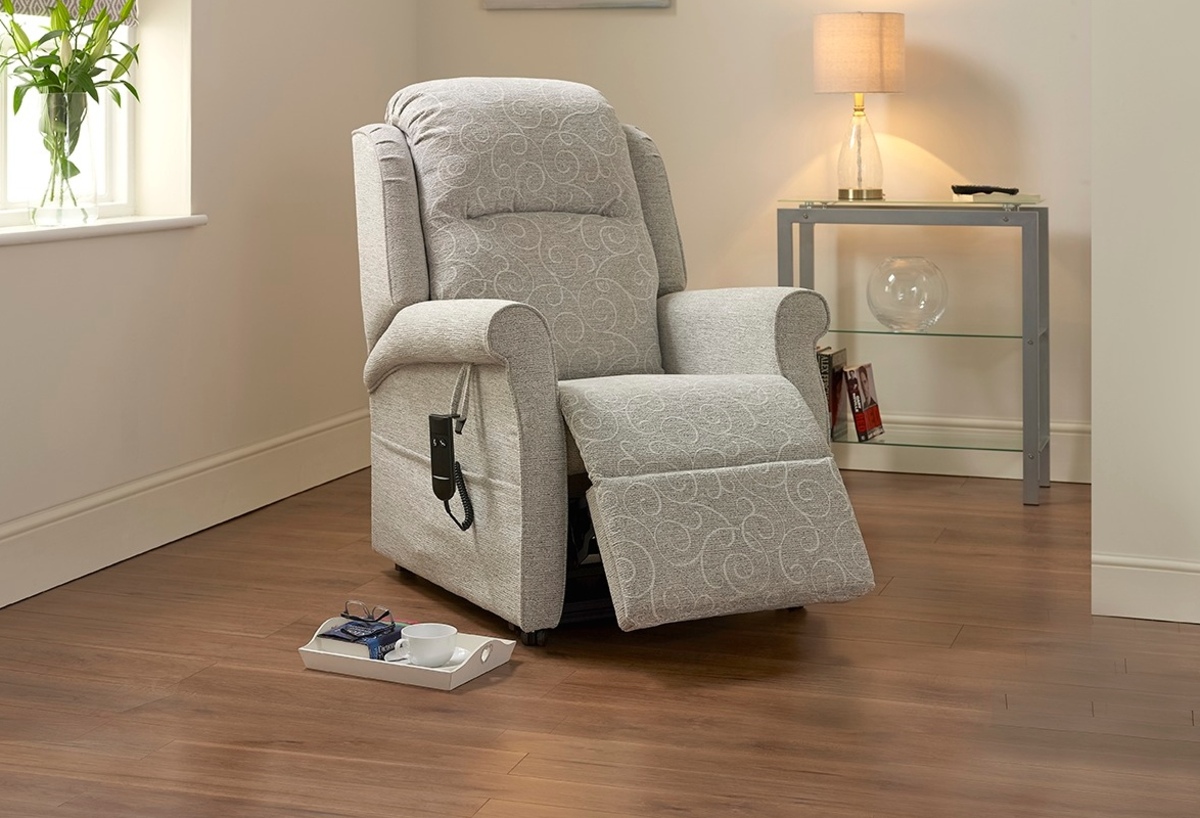





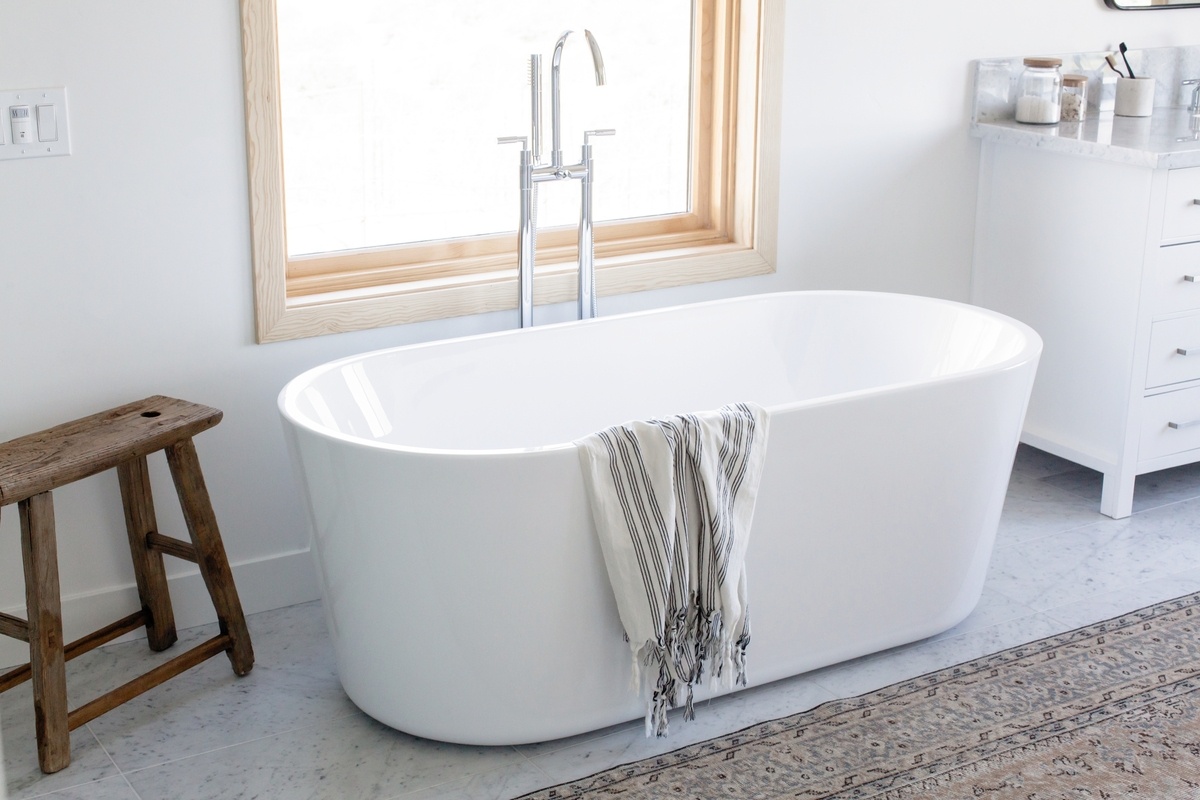


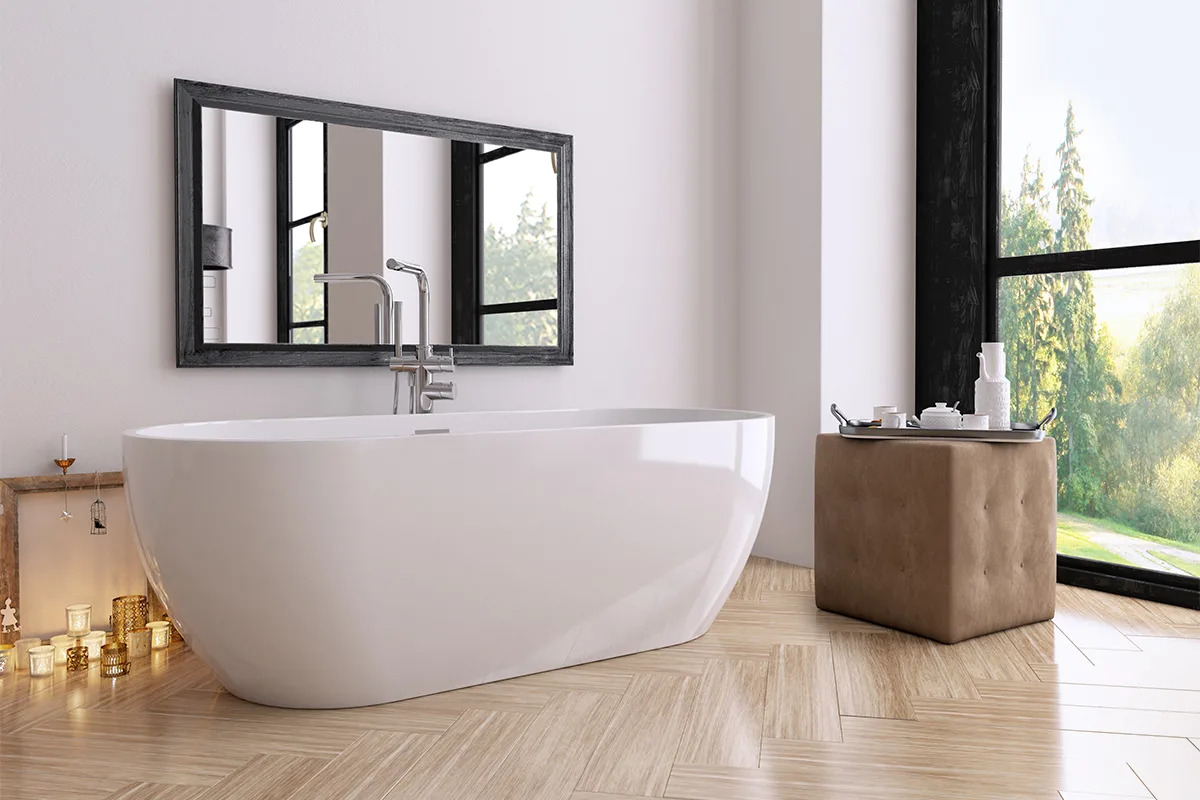

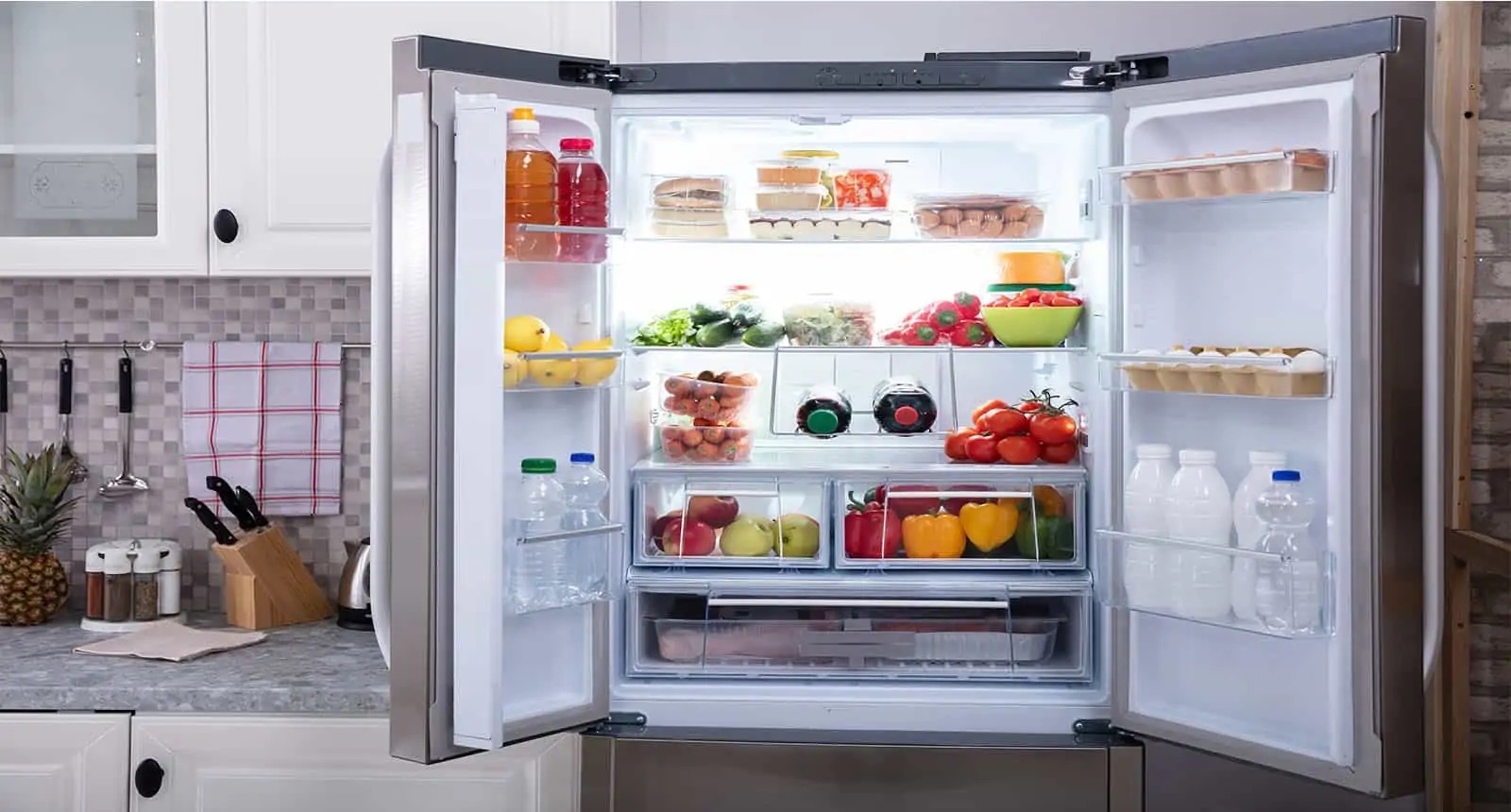


0 thoughts on “How Much Do Curtains Weigh”